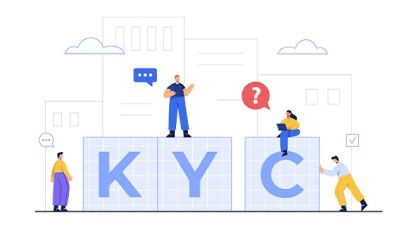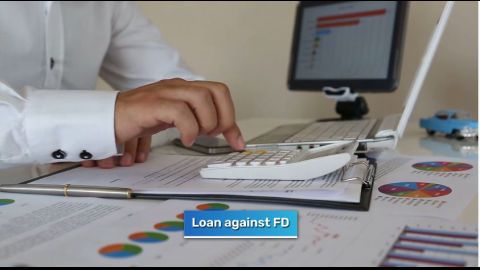Late payment charges on unsecured loans can have a significant impact on your financial health. Whether you missed an EMI due to unforeseen circumstances or overlooked the payment date, understanding the implications of late fees is crucial. This article explores what unsecured loan late payment charges entail, how they are calculated, and actionable strategies to avoid or negotiate these penalties.
By the end of this guide, you will gain clarity on how late fees work, their impact on your credit profile, and practical solutions to manage them effectively.
What are unsecured loan late payment charges?
Late payment charges are penalties imposed when you fail to pay your EMI (Equated Monthly Instalment) on time for an unsecured loan. These loans, which do not require collateral, include products like personal loans or consumer durable loans. Since unsecured loans carry higher risks for lenders, timely repayment is essential to avoid penalties.
How are late fees calculated?
Late fees are typically calculated based on the following factors:
- Outstanding Principal: The remaining amount of the loan that you have yet to repay.
- Interest Rate: The agreed-upon rate for the loan.
- Delay Duration: The number of days past the due date.
For example:
- If your outstanding principal is Rs. 1 lakh and the interest rate is 2% per month, a delay of 10 days could result in late fees calculated as:
Rs. 1,00,000 x (2% ÷ 30 days) x 10 days = Rs. 666.67
Consequences of late payment charges
- Financial Penalties: Late fees increase your overall repayment amount, creating additional financial strain.
- CIBIL Score Impact: Delayed payments can reduce your credit score, affecting your ability to secure loans in the future.
- Legal Risks: Persistent defaults could result in legal action by the lender.
To avoid these consequences, it is essential to understand your loan agreement and the specific late fee terms outlined by your lender.












